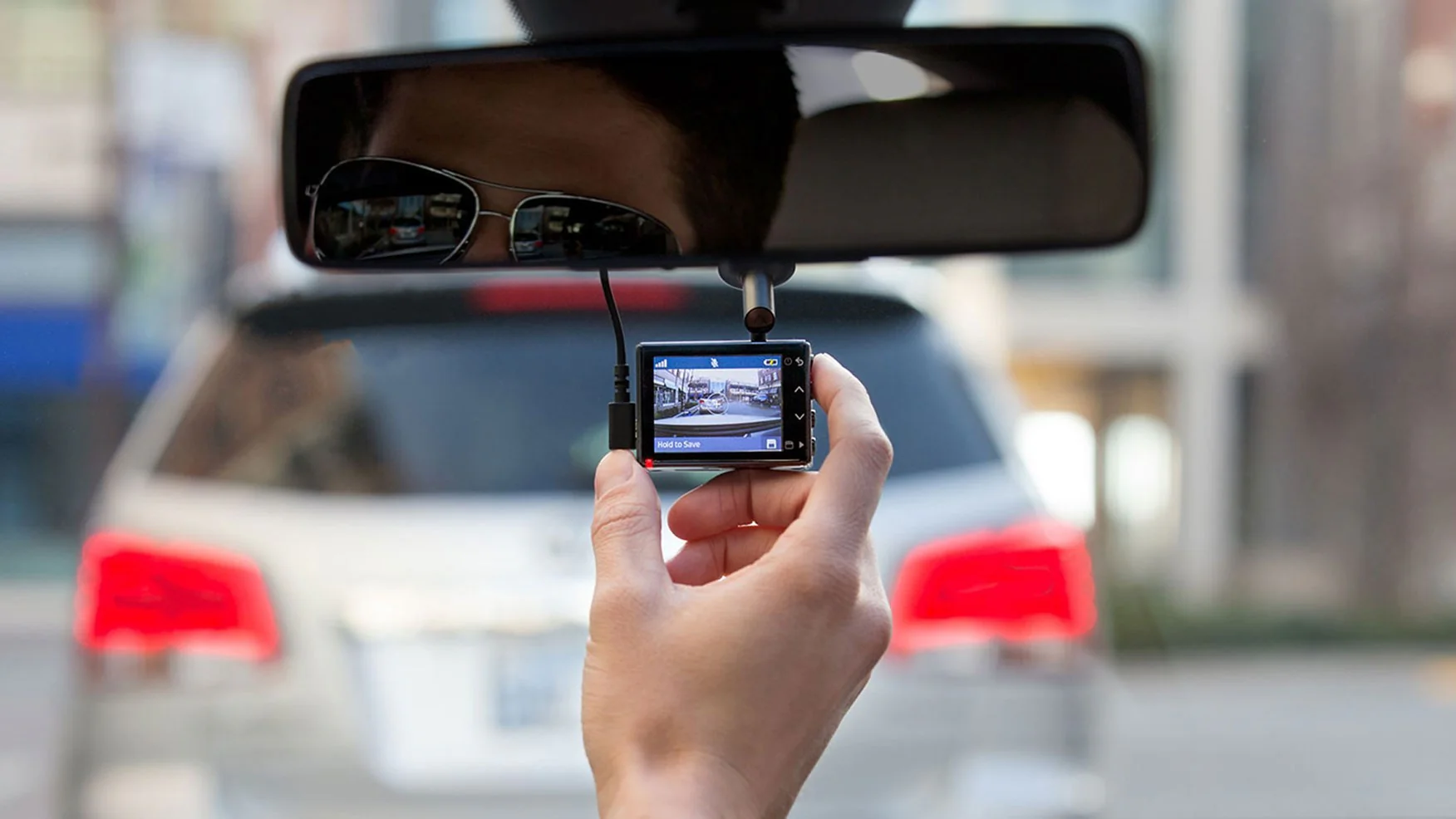Dash cameras have become increasingly popular tools for drivers across the United States, offering valuable video evidence in case of accidents or road rage incidents. While there are federal guidelines regarding window obstructions, individual states have the authority to regulate dash cam usage. This article dives deep into the legalities surrounding dash cams in New Mexico, providing a clear understanding for residents of Albuquerque, Santa Fe, Las Cruces, and other cities throughout the state.
Legality of Dash Cams in New Mexico
The good news for New Mexico drivers is that dash cameras are legal throughout the state. There are no laws specifically prohibiting their use or mandating any particular features. This aligns with the general trend across the US, where dash cams are widely permitted.
Placement Restrictions: Avoiding Obstructed Views
While dash cams are legal, there are limitations on their placement within the vehicle. New Mexico Statutes (§ 66-7-391) prohibit the attachment of any non-transparent material on the windshield or windows on the driver’s immediate left and right sides. This law applies to any object, including a dash camera, and aims to ensure an unobstructed view for the driver.
Here are some key points to remember regarding placement:
* **Windshield:** Mounting a dash camera directly on the windshield is generally discouraged. Even small devices can potentially block a driver’s view of traffic signals or critical information on the road.
* **Acceptable Locations:** Recommended placement areas include the dashboard, either directly attached or using a mounting bracket. The rearview mirror is another option, as long as the camera doesn’t obstruct the driver’s rear visibility.
* **General Rule:** A good rule of thumb is to ensure the camera is positioned at least six inches from the base of the windshield and doesn’t impede the driver’s view in any way.
Additional Considerations
Beyond legal restrictions, here are some additional factors for New Mexico drivers to consider regarding dash cams:
* **Audio Recording:** While dash cam usage is legal, it’s essential to be aware of laws concerning audio recording. New Mexico is a two-party consent state, meaning audio recording conversations requires permission from all parties involved [Source: New Mexico Statutes § 30-12-1]. Drivers should be mindful of this if their dash cam has audio recording capabilities and plan to use the footage as evidence.
* **Privacy Concerns:** Some individuals might be concerned about privacy implications of dash cams constantly recording. While capturing footage of public spaces like roads is generally permissible, drivers should be aware of recording expectations in private areas.
Benefits of Using Dash Cams in New Mexico
Despite the placement restrictions, dash cams offer significant advantages for New Mexico drivers:
* **Accident Evidence:** In the event of an accident, dash cam footage can provide crucial evidence to support your version of events. This can be particularly helpful in situations with unclear fault lines or hit-and-run scenarios.
* **Insurance Claims:** Dash cam footage can expedite and strengthen insurance claims by providing clear visual proof of an accident. This can potentially lead to faster settlements and reduced insurance premiums in the long run.
* **Security and Road Rage:** Dash cams can also act as a deterrent against road rage incidents and provide valuable footage if such an event occurs. The presence of a camera can discourage aggressive driving behavior from others.
Tips for New Mexico Drivers Using Dash Cams
- Choose the Right Dash Cam: There are various dash cam options available, with features like night vision, wide-angle views, and continuous or motion-activated recording. Consider factors like your budget, desired features, and video quality before making a purchase.
- Format the Memory Card Regularly: Dash cam footage is most valuable when it’s readily available. Ensure you format the memory card periodically to avoid storage limitations and overwrite old footage.
- Download and Save Important Footage: If you capture an accident or other noteworthy event, download the footage from your dash cam and save it on a separate device for safekeeping.
- Be Mindful of Privacy Settings: If your dash cam has audio recording capabilities, familiarize yourself with the privacy settings and adjust them as needed to comply with New Mexico’s two-party consent laws.
Conclusion
Dash cameras are legal and offer significant benefits for New Mexico drivers. By understanding the placement restrictions and following best practices, you can leverage this technology for increased safety and peace of mind on the road. Remember, responsible placement that doesn’t obstruct your view is crucial. When used correctly, dash cams can be valuable tools for New Mexico drivers.



